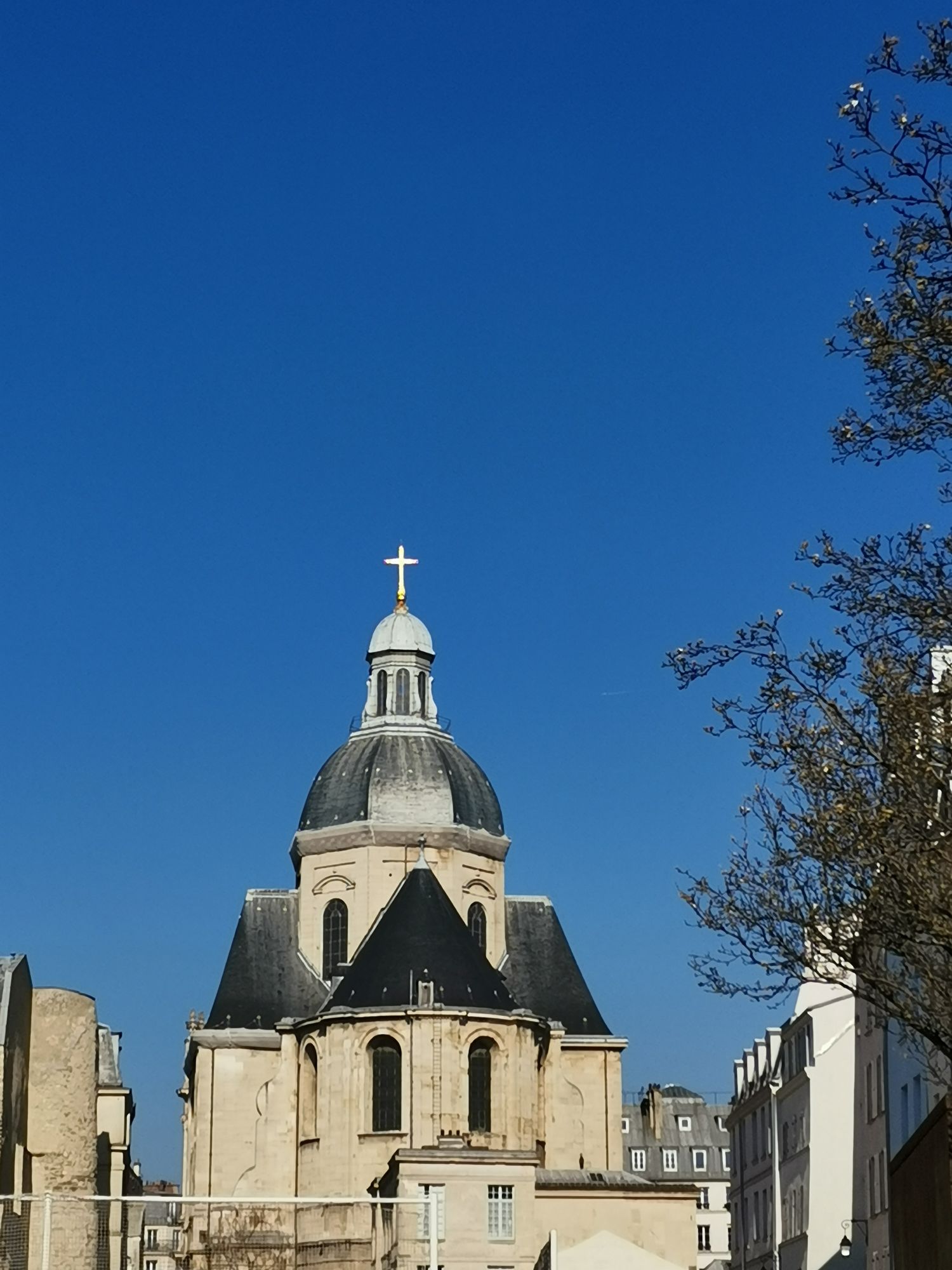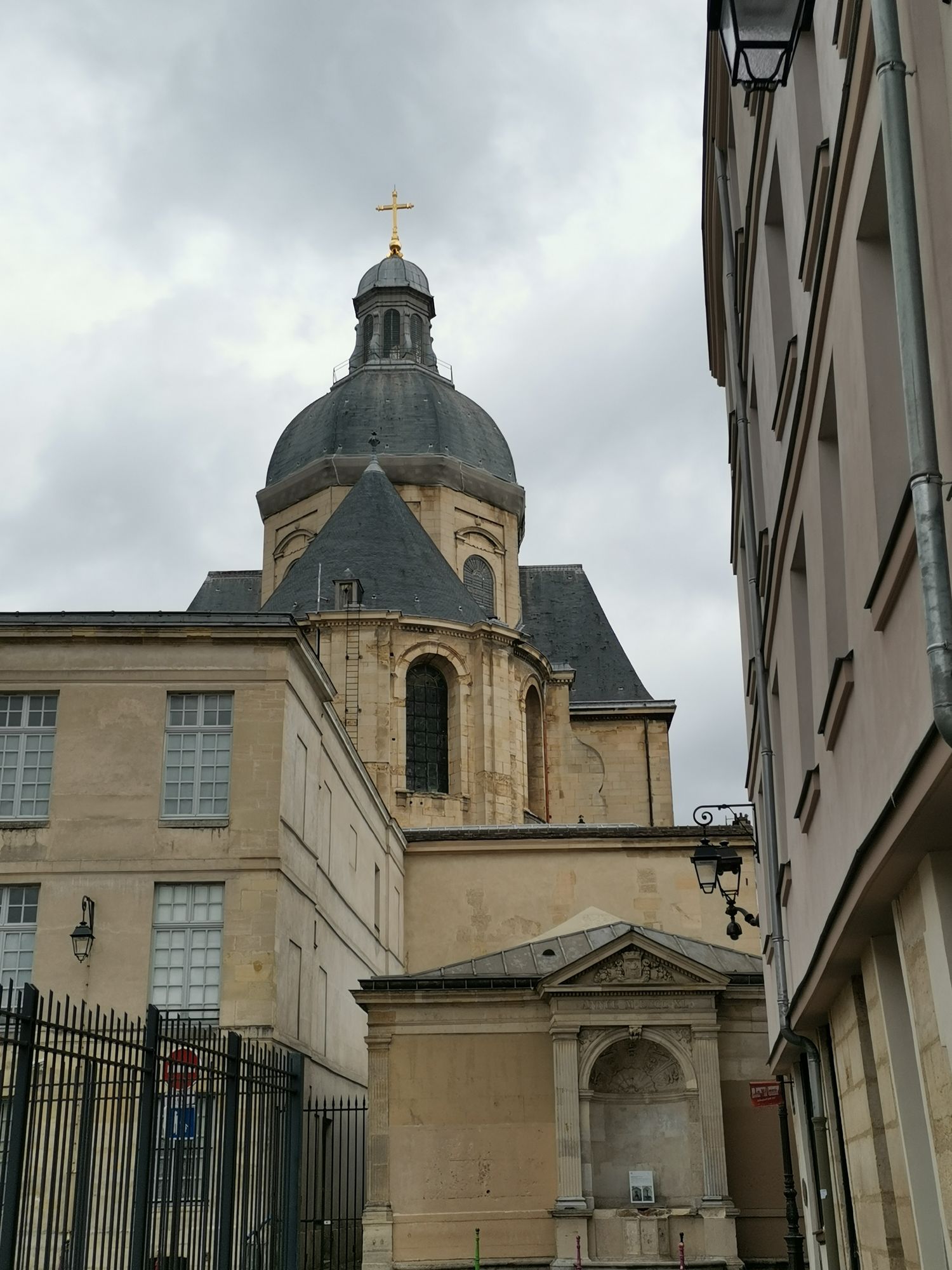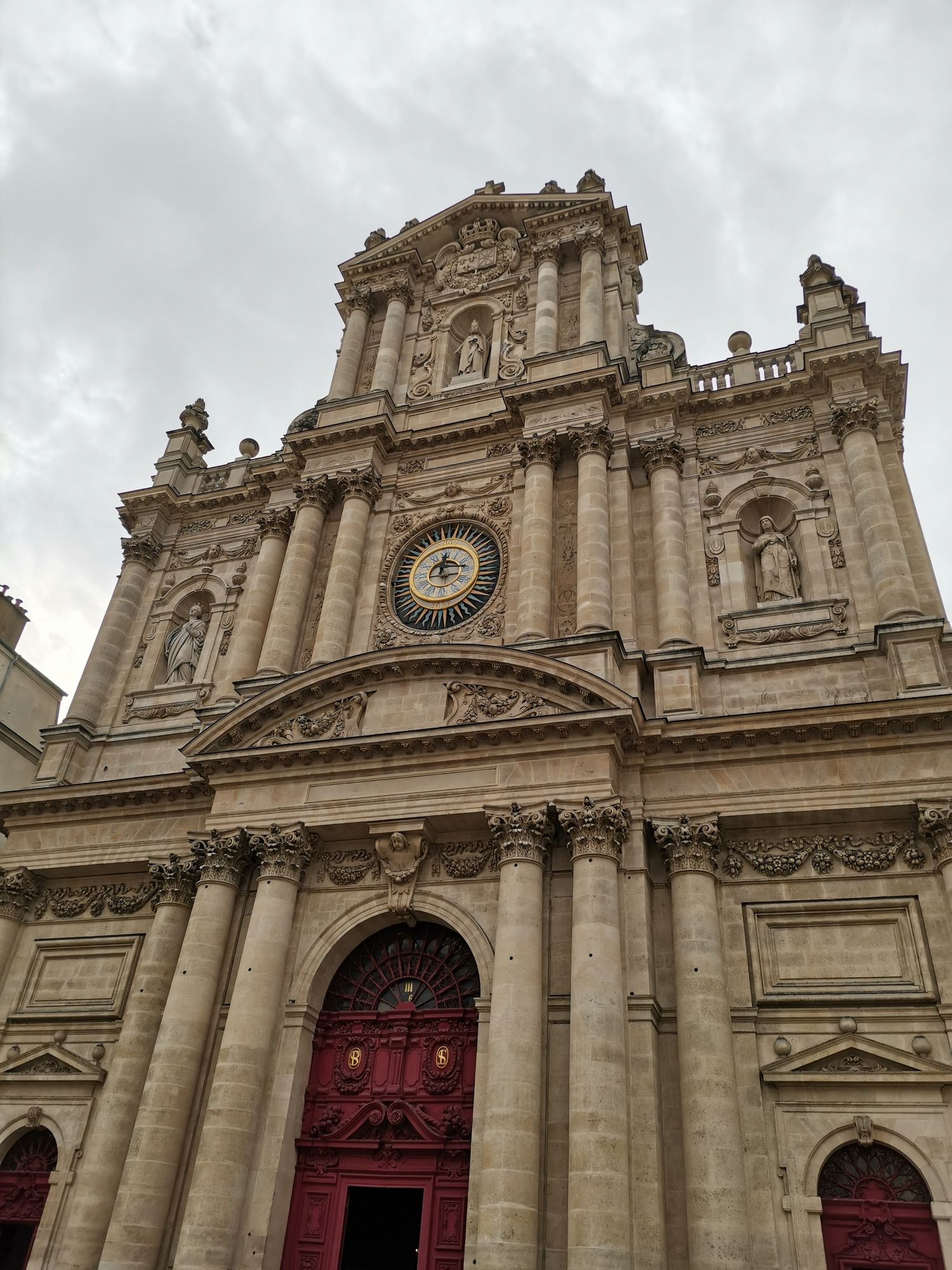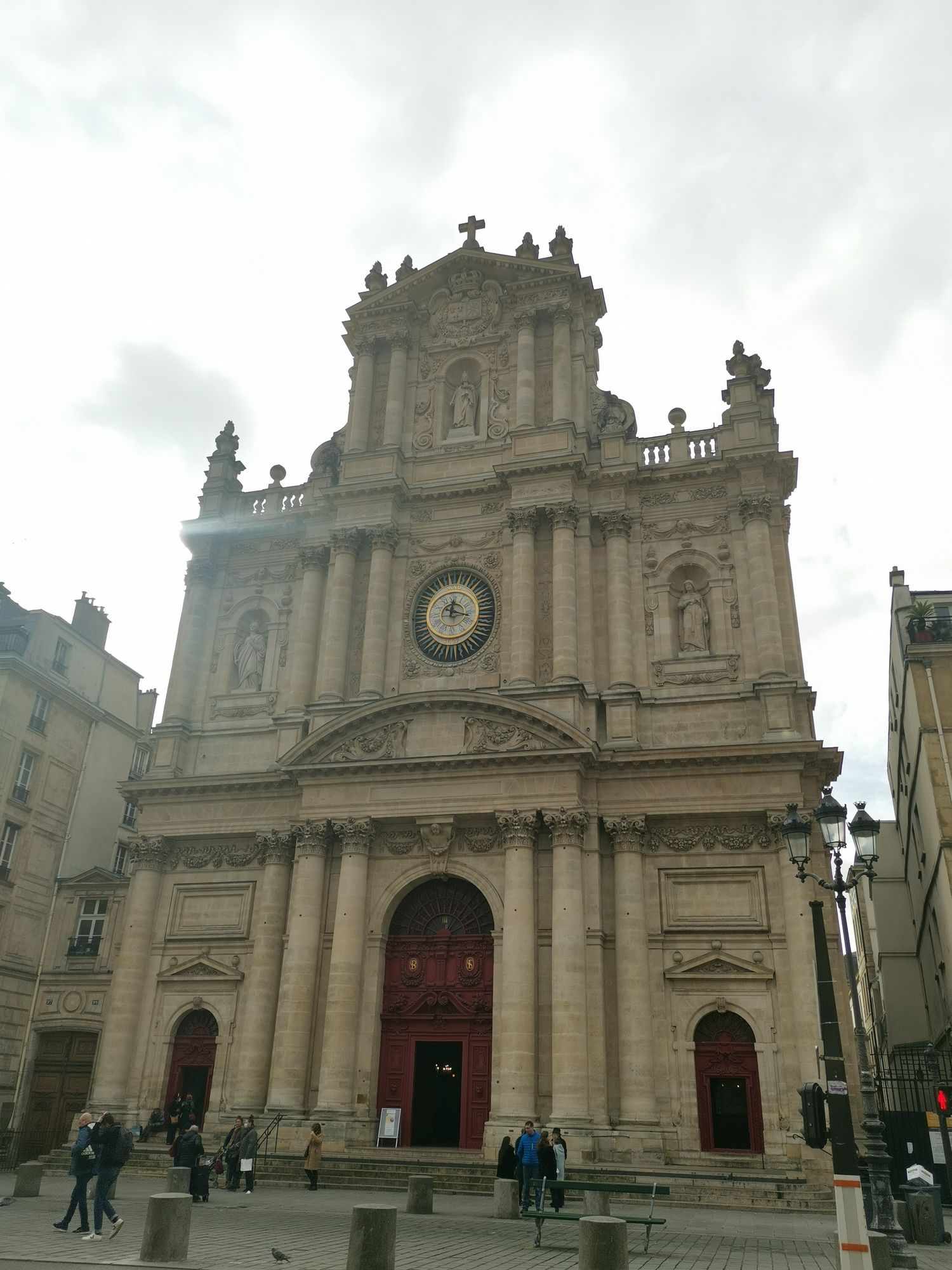Saint-Paul-Saint-Louis church: a historical treasure in the heart of the Marais district of Paris
 The Saint-Paul-Saint-Louis church, formerly known as église Saint-Louis-des-Jésuites, is a Catholic church built in the 17th century by Jesuit architects Étienne Martellange and François Derand, by order of Louis XIII.
The Saint-Paul-Saint-Louis church, formerly known as église Saint-Louis-des-Jésuites, is a Catholic church built in the 17th century by Jesuit architects Étienne Martellange and François Derand, by order of Louis XIII. Located on rue Saint-Antoine, the church adjoins the Lycée Charlemagne, the former Jesuit house in Paris.
The Saint-Paul-Saint-Louis church, formerly known as the Saint-Louis-des-Jésuites church, is an architectural and religious treasure located in the Marais district, in the heart of Paris' 4th arrondissement. Built in the 17th century by Jesuit architects Étienne Martellange and François Derand on the orders of Louis XIII, it is an impressive example of the religious architecture of the period. Here's an overview of its fascinating history and unique architectural features.
A rich and complex history
The history of Saint-Paul-Saint-Louis church is intrinsically linked to the evolution of Paris over the centuries. Originally, there was a chapel named “Saint-Paul-des-Champs,” erected around 632-642, located at the corner of rue Saint-Paul and rue Neuve-Saint-Pierre.
This chapel, which replaced an earlier one, was built on a burial site outside the city limits, in keeping with the tradition of the time.
Over time, the Saint-Paul-des-Champs chapel evolved into the Saint-Paul church, which acquired parish status in 1125 and gave its name to the Saint-Paul district. Unfortunately, the church was destroyed during the French Revolution in 1797.
After the Revolution, thanks to the Concordat of 1802, the Christian community of Paris found a new home in the 17th-century chapel of Saint-Louis-des-Jésuites. At that time, the parish council proposed adding the name “Saint-Paul” to that of “Saint-Louis” to designate the parish and the church, thus sealing their common destiny.
The church occupies a special place in the history of Paris, as it is the result of the merger of two earlier churches, Saint-Paul and Saint-Louis. It is also a silent witness to the city's evolution over the centuries.
Eclectic architecture
The architecture of Saint-Paul-Saint-Louis is a fascinating blend of styles and influences. It features elements inspired by Italy, as well as French architectural traditions. The church's plan combines the single nave lined with chapels, characteristic of the Gesù church in Rome, with the traditional French Latin cross, visible in the transept.
The church's facade is an example of eclectic architecture, blending elements of Italian and French styles, while reflecting the artistic wealth of the Netherlands. The façade is organized into three bays on two levels for the side bays and three for the central bay, highlighting the colonnade and ornamental details. The architectural orders used are Corinthian for the two lower levels and composite for the upper level.
The church's interior is home to some remarkable works of art, including Eugène Delacroix's Christ in Agony in the Garden of Olives, and a Sorrowful Virgin sculpted by Germain Pilon in 1586.
The church's crypt contains the graves of numerous Jesuits from the 17th and 18th centuries, as well as those of historical figures, including chemist, economist and philosopher Antoine Lavoisier.
Cultural and religious heritage
In addition to its impressive architecture, Saint-Paul-Saint-Louis church is also home to a valuable cultural and religious heritage.
Its 19th-century organs, the grand gallery organ and the choir organ, are remarkable.
The church also boasts magnificent Baroque stained-glass windows, recently restored thanks to private sponsorship.
The church has also witnessed many historic events, including the preaching of the famous Jesuit preacher Louis Bourdaloue, the orations of Bossuet and Esprit Fléchier, and the establishment of the cult of Reason during the French Revolution.
Today, Saint-Paul-Saint-Louis is an active Catholic church, a place of prayer and meditation, and a silent witness to the history of Paris.
Discover our guided tours of the Marais to find out much more about Saint-Paul-Saint-Louis and discover some surprising anecdotes.


